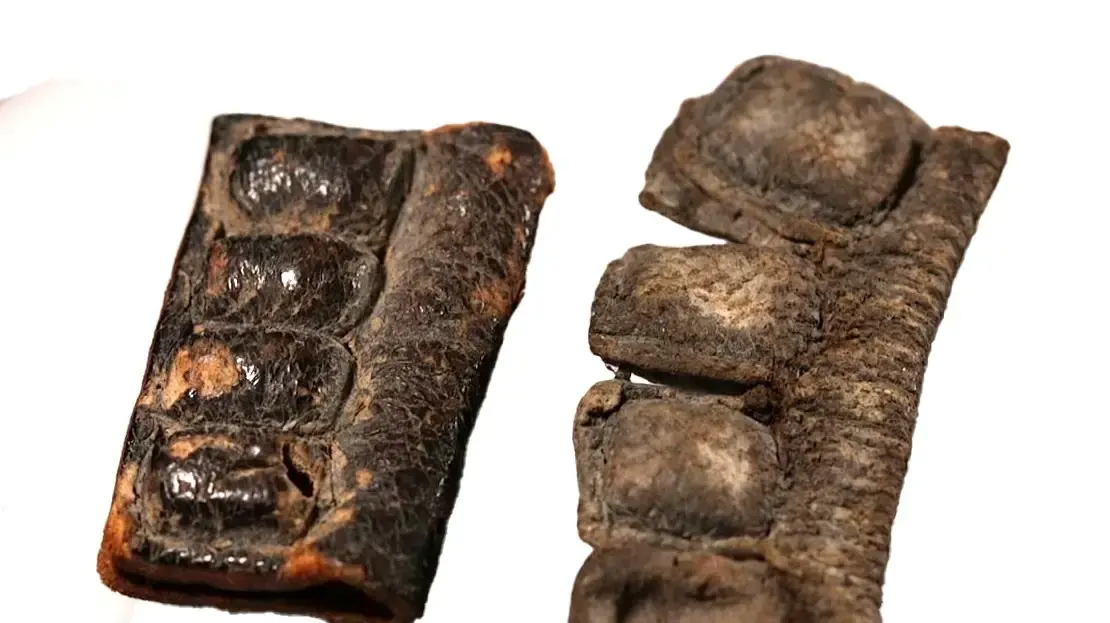Recent scientific research has unveiled that, contrary to longstanding Jewish law, ancient tefillin were not originally dyed black 2,000 years ago. This groundbreaking discovery was published in the renowned journal PLOS ONE. The study involved comprehensive scientific testing on tefillin houses discovered in the Judean Desert, which date back to the Second Temple period. These findings challenge the traditional understanding rooted in Jewish Halacha, which mandates that tefillin must be painted black.
Led by Prof. Jonathan Adler of Ariel University, the study brought together experts from various institutions including the Israel Antiquities Authority, the University of Exeter, and the Weizmann Institute. The researchers analyzed several leather tefillin houses unearthed from caves near Qumran, Wadi Morba'at, and Nahal Tzalim. The dry desert climate of these caves allowed the ancient tefillin to remain preserved for millennia, making this detailed analysis possible.
Prof. Adler highlighted that this was the first scientific examination of the color of ancient tefillin. Some of the leather pieces displayed a natural brown hue, while others appeared dark, previously attributed to dye application in compliance with Halacha. However, the research showed that the darker color resulted from natural degradation over time, rather than intentional coloring.
Dr. Ilit Cohen Ofari of the Judean Desert Scrolls Unit at the Israel Antiquities Authority explained the historical methods of dyeing leather black, such as using soot or a chemical reaction involving tannins and iron oxides. The study found no evidence of these methods being employed on the tefillin, indicating a natural process of skin decay. This was further confirmed by advanced tests conducted using tools like Raman spectroscopy, FTIR-ATR, and SEM/EDX.
Dr. Yona Maor, also from the Antiquities Authority, noted that slight water leakage into the caves over 2,000 years accelerated the decomposition of the leather, turning it dark. This phenomenon was similarly observed in some ancient scrolls from the Judean Desert, which also turned black due to natural processes.
The study reshapes the understanding of the development of Jewish law, suggesting that the initial practice did not emphasize the black color of tefillin. Over time, sages introduced the requirement, reflecting evolving interpretations of Halacha. Prof. Adler pointed out that this finding underscores the dynamic and adaptive nature of Jewish law, contrary to the perception of it being static and unchanging.
- The tefillin houses examined in this study are currently preserved in the Judean Desert Scrolls Unit warehouses under controlled climatic conditions, similar to those in their original caves. This preservation effort ensures the continued protection and study of these invaluable artifacts.
- The collaborative nature of this research brought together a multidisciplinary team, showcasing the importance of integrating diverse scientific techniques and expertise in uncovering historical truths. The results provide a renewed perspective on ancient Jewish practices and highlight the importance of ongoing research in archeology and historical studies.





